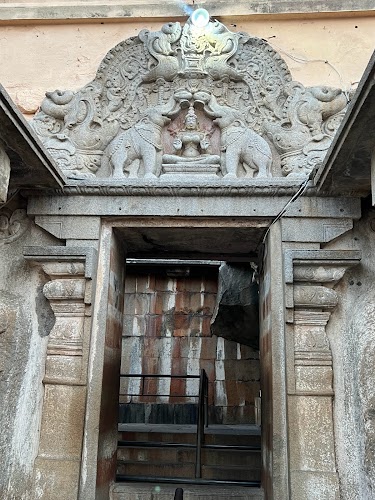
Akhanda Bagilu
Shravanabelagola, India
- Admire the monolithic stone carving
- Climb Chandragiri hill
- Learn about Jain history
- Photography of the doorway
- Visit nearby Jain temples
Known for:
Description:
Akhanda Bagilu, meaning 'undivided door' or 'single stone door,' is a remarkable monolithic doorway carved from a single rock. Located in Shravanabelagola, it serves as an entrance to the Chandragiri hill, one of the two hills that define this important Jain pilgrimage site. The doorway is a testament to the skill and artistry of ancient artisans. Its impressive size and intricate carvings make it a captivating sight for visitors. The surrounding area offers scenic views and a peaceful atmosphere, enhancing the overall experience. It's a must-see landmark for anyone exploring Shravanabelagola, offering a glimpse into the region's rich cultural and architectural heritage. The doorway stands as a welcoming symbol, inviting pilgrims and tourists alike to delve deeper into the spiritual and historical significance of Chandragiri.
History:
Akhanda Bagilu's history is intertwined with the establishment and growth of Jainism in Shravanabelagola. The doorway is believed to have been constructed during the Ganga dynasty rule in the 10th century, a period that saw significant Jain patronage and the construction of numerous temples and monuments in the region. The doorway served as a symbolic and practical entrance to Chandragiri hill, a place of spiritual retreat and meditation for Jain monks and ascetics. Over the centuries, the Akhanda Bagilu has witnessed countless pilgrims ascending the hill to pay homage to the revered Jain saints and teachers who resided and attained enlightenment there. It stands as a silent witness to the enduring legacy of Jainism in South India and the architectural prowess of the Ganga dynasty.